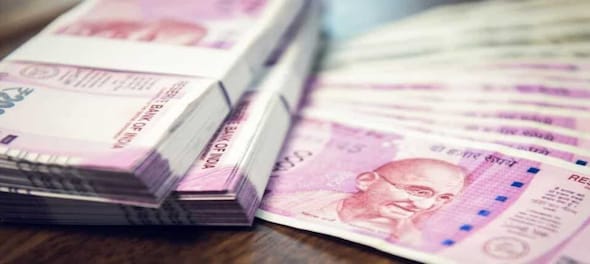
The government has recently announced a hike in small savings interest rates by up to 70 basis points for the April-June quarter. However, the same has not been done for the Public Provident Fund (PPF) scheme. So the interest rate of PPF will continue to be at 7.1 percent for this fiscal too. Now, the big question is: Will this make PPF less captivating when compared to other small savings schemes?
Live TV
Loading...
Notably, the popular Senior Citizens’ Saving Scheme (SCSS), National Savings Certificate (NSC) and Sukanya Samriddhi Yojana (SSSY) offer 8.2 percent, 7.7 percent and 8 percent, respectively for the mentioned quarter. On top of these, the newly-launched Mahila Samman Savings Certificates (MSSC) also offers 7.5 percent, 0.4 percent more than PPF. In the high interest rate regime, some fixed deposit (FDs) schemes are also offering decent returns.
On the other hand, the PPF rate was last changed in April-June 2020, when it was cut to 7.1 percent from 7.9 percent. Prior to that, it was cut in July-September 2019. It was last raised in October-December 2018 to 8 percent from 7.6 percent.
The scenario
PPFs are generally benchmarked at 25 basis points over the prevailing 10-year G-Sec bond rates. However, the G-Secs were well over 7.25 percent last quarter, and there is scope to increase the PPF rates in the coming months, said Adhil Shetty, CEO at BankBazaar.com while talking to CNBC-TV18.com.
Sometimes, the interest rates of these schemes have to retained or increased with an eye on public sentiments or other situations which are beyond economic implications. In case of PPF, rates have already been hiked in the past and can't be increased currently, experts opine.
The silver lining
Though rates of PPF have not been hiked, experts still call it a decent investment bet.
“PFF is one of the few categories where contributions are tax exempt, principal withdrawals are tax exempt. Even the returns generated during the holding period are tax exempt. Given inflation is below PPF rates, it's possible to earn real returns in a tax exempt fashion. Hence, the tax advantage offsets for lower interest rate which is a key feature to consider PPF as a choice," Abhishek Banerjee, Founder & CEO at Lotusdew Wealth told CNBC-TV18.com.
Even if we compare PPF to others schemes like SSCS, SSY and MSSC, it must be seen that these schemes are very category centric. While PPF is available for all and its tax-free status makes it one of the best debt options, others options may offer higher rates, but post-tax returns will not match those from PPF.
PPF also offers strong competition to bank FDs, especially when it comes to safe and stable investment options. They have a sovereign backing.
While it is true that certain small finance banks are offering 9 percent returns on FDs, experts say that these are still taxable by law and less safe than PPF.
Making the best use of investment
Individuals who invest in PPF should always try to deposit their instalments before or on the fifth of every month. This helps gain interest benefits for that month, according to the PPF rule.
The interest rate offered on PPF accounts is calculated on the minimum balance in the account between the fifth day of the month and the last day of the month. The interest on the amount deposited is calculated every month in PPF, but the interest is credited into the account at the end of the financial year, that is, on March 31 of every year. The interest becomes payable for that month if the deposit is made before the fifth of that month.
So, one can get the maximum amount of interest on interest if the amount is deposited before the fifth. Somebody, who does it after the fifth day of the month, may lose out on substantial interest income for that particular month.
Using post-maturity money from PPF
To deploy post-maturity money from PPF, equity investing remains one of the more attractive options given PPF has a lock-in of 15 years.
"In a 15 year horizon, earning a 9 percent annualised return on large cap equity will mean investors are almost at 5x of the initial investment versus 3.5x in the current PPF return of about 8.15 percent. At the end of the period, they will have a long-term capital gains tax with equity — which as per current law is 10 percent. As IT laws are subject to change — we don't know what will be the taxation after 15 years either for equity or PPF. Hence, looking ahead, we can only deploy to best of our knowledge now," Banerjee said.
(Edited by : Shoma Bhattacharjee)
Check out our in-depth Market Coverage, Business News & get real-time Stock Market Updates on CNBC-TV18. Also, Watch our channels CNBC-TV18, CNBC Awaaz and CNBC Bajar Live on-the-go!


Congress nominee from Puri Lok Sabha seat withdraws, citing no funds from party
May 4, 2024 12:00 PM
Lok Sabha Polls '24 | Rahul Gandhi in Rae Bareli, why not Amethi
May 4, 2024 9:43 AM
Supreme Court says it may consider interim bail for Arvind Kejriwal due to ongoing Lok Sabha polls
May 3, 2024 4:57 PM
10% discount on fare on Mumbai Metro lines 2 and 7A on May 20
May 3, 2024 2:40 PM

